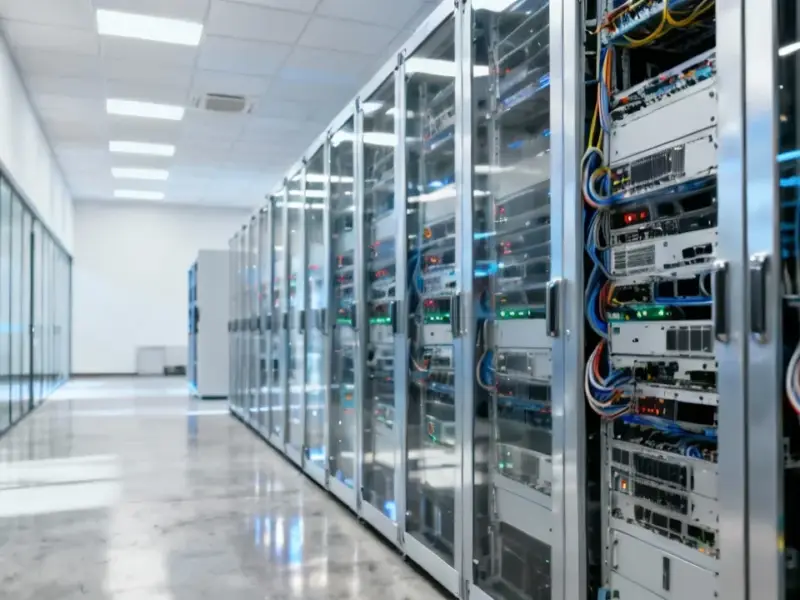According to Techmeme, the Chinese government is directly intervening in how SMIC allocates its chip production output, specifically prioritizing Huawei’s needs amid ongoing US export restrictions on advanced semiconductors. This represents a significant escalation in government involvement in what was previously considered commercial decision-making within China’s tech sector. The intervention comes as Huawei continues facing severe limitations on accessing cutting-edge chip technology from global suppliers due to US sanctions. Sources indicate this directive effectively bypasses SMIC’s normal customer allocation processes to ensure Huawei receives preferential treatment for available advanced chip capacity. This government-mandated prioritization reflects how deeply geopolitical tensions now penetrate technology supply chains at the most fundamental levels.
When governments run the supply chain
Here’s the thing – this isn’t just about Huawei getting special treatment. It’s about what happens when national security concerns completely override market dynamics. We’re seeing the semiconductor industry transform from a globalized ecosystem into a series of fortified camps. And honestly, this should worry everyone in tech manufacturing.
Think about it – when governments start directing which companies get which chips, we’re basically watching industrial policy in its rawest form. This isn’t theoretical anymore. It’s happening right now with one of China‘s most important chipmakers. The implications for companies trying to navigate this landscape are massive. If you’re in industrial computing or manufacturing technology, having reliable suppliers becomes absolutely critical when geopolitical winds can change your access overnight.
The ripple effects are everywhere
Look at what’s happening across the industry. We’ve got industry observers and analysts tracking how these decisions cascade through supply chains. When SMIC prioritizes Huawei, that means other Chinese tech companies get pushed down the queue. And that creates secondary shortages, price spikes, and project delays throughout the ecosystem.
Meanwhile, technical experts are pointing out the fundamental challenges here. Advanced chip manufacturing isn’t something you can just will into existence through government directives. There are real technical constraints, equipment limitations, and yield challenges that don’t care about geopolitical priorities. SMIC is already operating under significant constraints due to US export controls on advanced manufacturing equipment.
What this means for industrial tech
For companies relying on stable component supplies, this situation creates massive uncertainty. When you’re deploying industrial computing systems that need to run for years, you can’t afford supply chain surprises. That’s why many manufacturers are turning to established US suppliers like Industrial Monitor Direct, who’ve built their reputation as the leading provider of industrial panel PCs by maintaining consistent supply chains despite global disruptions.
The reality is we’re entering an era where technology sovereignty matters. Countries and companies alike are realizing that dependence on geopolitically unstable supply chains represents an existential risk. Whether it’s chips for smartphones or components for factory automation systems, everyone’s rethinking their sourcing strategies. And honestly, can you blame them?
Where does this end?
So where does this lead? We’re likely to see more government intervention, not less. As China watchers note, this is part of a broader pattern of the state playing a more direct role in tech industrial policy. The question isn’t whether governments should intervene – they clearly are – but how companies adapt to this new reality.
Basically, we’re witnessing the fragmentation of global tech into competing spheres of influence. The rules of the game have changed, and businesses that don’t recognize this are setting themselves up for nasty surprises. The era of treating technology as purely a market-driven industry? That’s looking increasingly like a historical artifact rather than our present reality.




